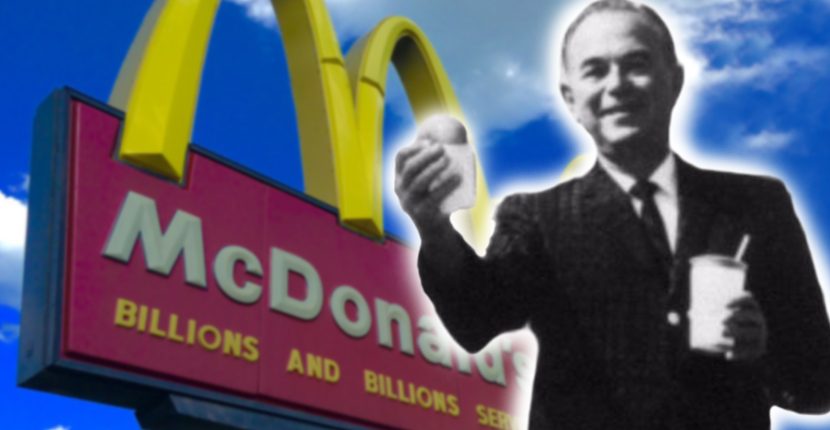How did Ray Kroc take control of McDonald’s and hence the entire fast food world? Here is the story. In post-Depression America, hamburger joints were essentially dives—dirty road-side stands around which loitered cigarette-smoking ruffians. So when the McDonalds brothers—Richard and Maurice, who were known as Dick and Mac—opened their own place near the Monrovia, California, airstrip in 1937, they set themselves apart.
Their family-friendly octagonal stand was clean, the servers tidy, the food fast, hot, and cheap. Moved to Pasadena in 1940, it was renamed McDonald’s. The limited menu included French fries and hamburgers that cost 10 cents. It was this location that would impress Ray Kroc, the man who would eventually buy out the brothers, deem himself the “founder,” and grow McDonald’s into the world-wide billion-dollar behemoth it is today. But not without first stepping on many toes.
Early on, Dick and Mac realized efficiencies would make their business more profitable. The fast-food pioneers streamlined their menu, prepared food in advance, and began using infrared lamps to keep French fries warm, an innovation they were the first to adopt, as Dick told TIME magazine in 1973. They also recognized the value of eye-catching design, and hired architect Stanley Clark Meston to execute their now-iconic idea of golden arches on either side of the building, which eventually evolved to into the famous yellow M, one of the most recognized logos in the world. The McDonalds brothers had at least six restaurants before Ray Kroc even met them.
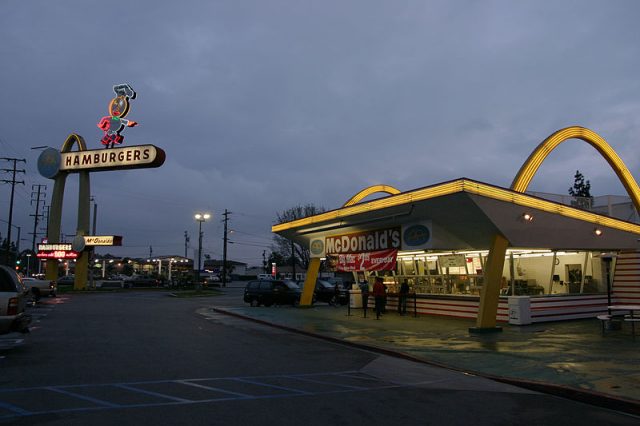
At the time Kroc was struggling to make ends meet. Married to Ethel Fleming, with whom he had a daughter, he had worked as a jazz pianist, a music teacher, and a traveling salesman, who peddled paper cups and milkshake mixers, among other things. When the McDonalds brothers ordered eight of Kroc’s Multimixers, the astonished salesman decided to fly to California to meet the brothers. “When I got there, I saw more people waiting in line than I had ever seen at any drive-in,” he told TIME magazine. “I said to myself: ‘These guys have got something. How about if I open some of these places?’”
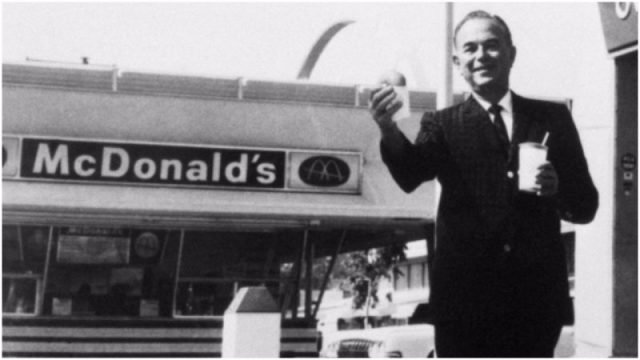
Kroc cut a deal with the McDonalds brothers, and opened his first restaurant in Des Plaines, Illinois, where today you can still visit a replica of the “#1 Store,” now a museum. Within five years, he had a chain of 228 McDonalds, but he craved greater reach, not to mention a greater share of the profits. And he wanted to own the restaurant’s name. The brothers agreed to sell for $2.7 million in 1960, though they wanted to keep their first location. Kroc accepted the terms, but forced them to change the name and remove the golden arches. Even so, he was so unhappy about the original restaurant that he opened his own across the street, forcing them eventually to close. “I ran ’em out of business,” Kroc told TIME. After the sale, the brothers retired.
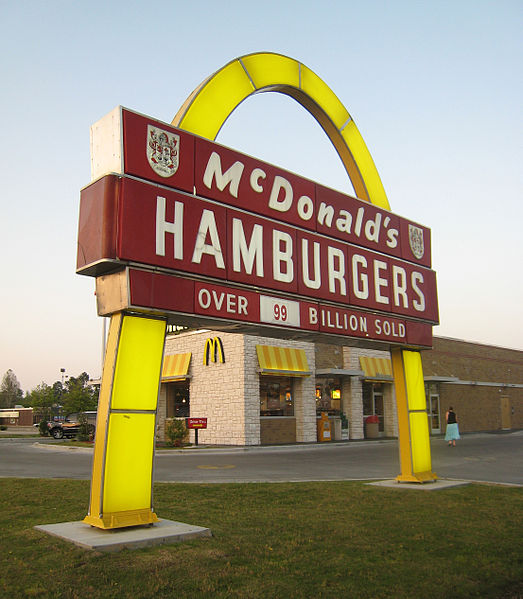
Kroc didn’t just buy the franchise, he tried to appropriate the company’s history, calling himself the “founder” and citing his Des Plaines location in his autobiography, Grinding it Out: The Making of McDonald’s, as the “first” McDonald’s. Kroc proved to be a ruthless businessman obsessed with details and image control, dictating that franchises adhere to strict rules of streamlined operations, food preparation and packaging, and portion sizes, and extending his oversight to the supply chain. His famous dictates included selling single-store franchises, prohibiting the sale of cigarettes on premise, and establishing stores in suburban locations. Employees were expected to be tidy and clean-shaven.
Dismissive of traditional MBA programs, Kroc sent ambitious franchise owners to “Hamburger University,” which he created in Elk Grove, Illinois. Indeed, some of the most famous menu items came from them, including the Big Mac, Fillet-o-Fish, and the Egg McMuffin. He proudly referred to himself as “persistent,” though detractors would probably use a less laudatory adjective. His iron-clad control did lead the company to its remarkable success. Today, despite pressure from upstarts like Starbucks and Subway, McDonald’s is still the largest fast-food chain in the world, with outlets in 119 countries.
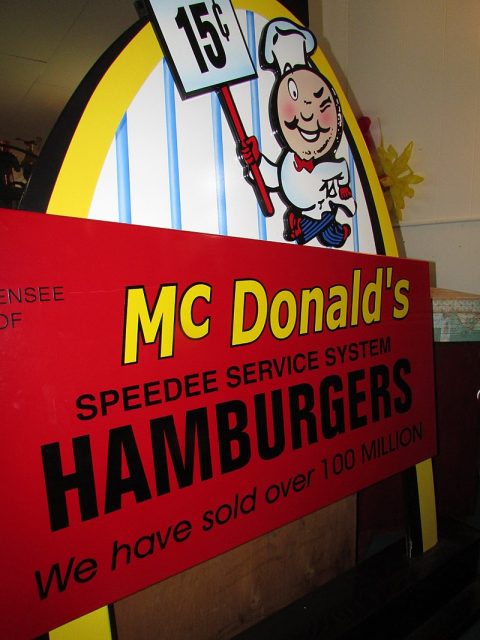
In The Founder, a 2016 biopic based on Kroc’s life and the birth of the fast-food industry, Laura Dern, playing his wife, Ethel, asks, “When is enough going to be enough for you?” Kroc replies, “Honestly, probably never.” Was the driven, pioneering capitalist repulsive or admirable? After the release of the movie, Forbes magazine asked eight young entrepreneurs what most impressed them. Each used the same word: “persistence.”
Related story from us: The intriguing story behind McDonald’s Golden Arches
Mac McDonald was 69 when he died in 1971 in Riverside, California. In 1984, Dick McDonald was honored with a ceremonial 50 billionth hamburger in a celebration in New York City. Dick died in 1998, at the age of 89. Ray Kroc worked up until the day he died in 1984 at age 81, persistent to the end.
